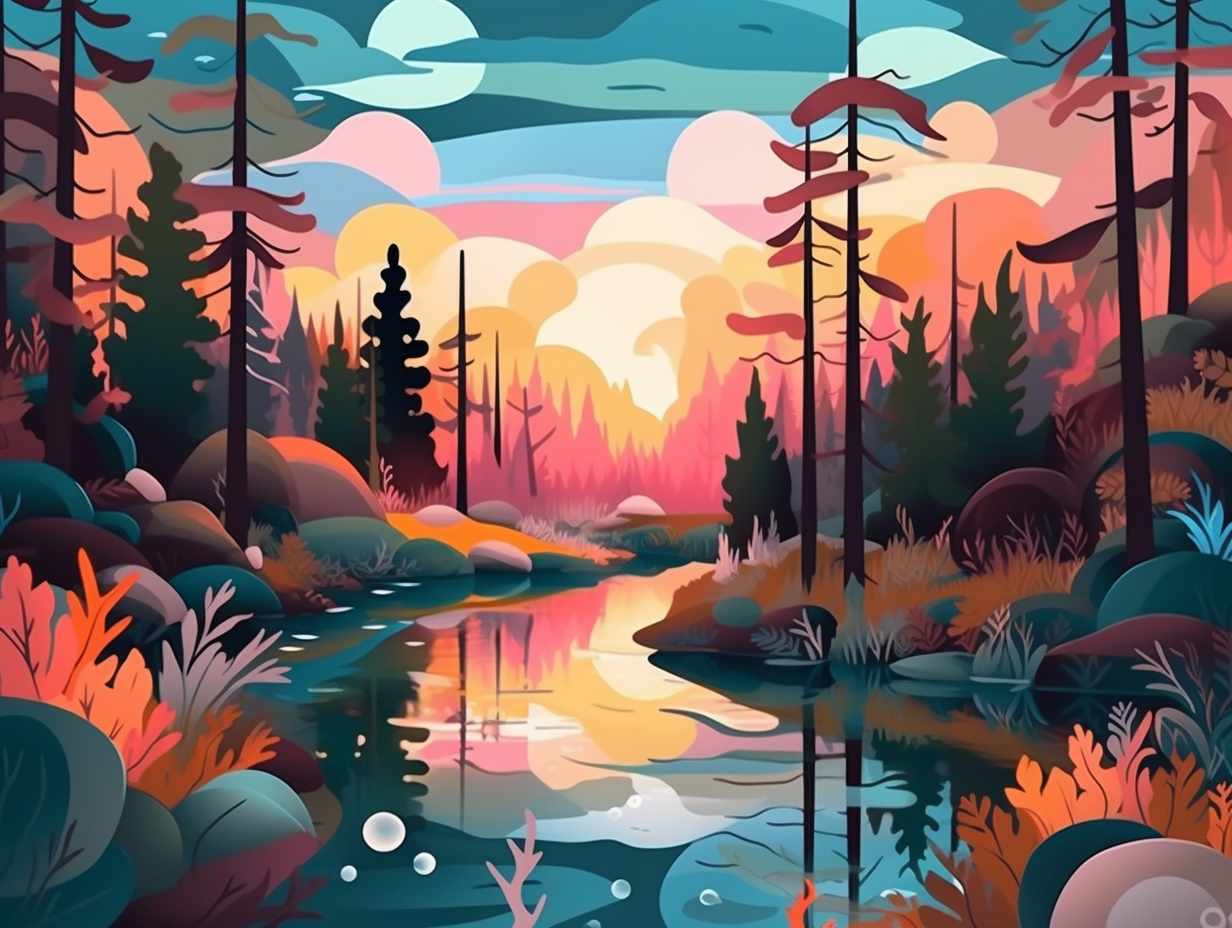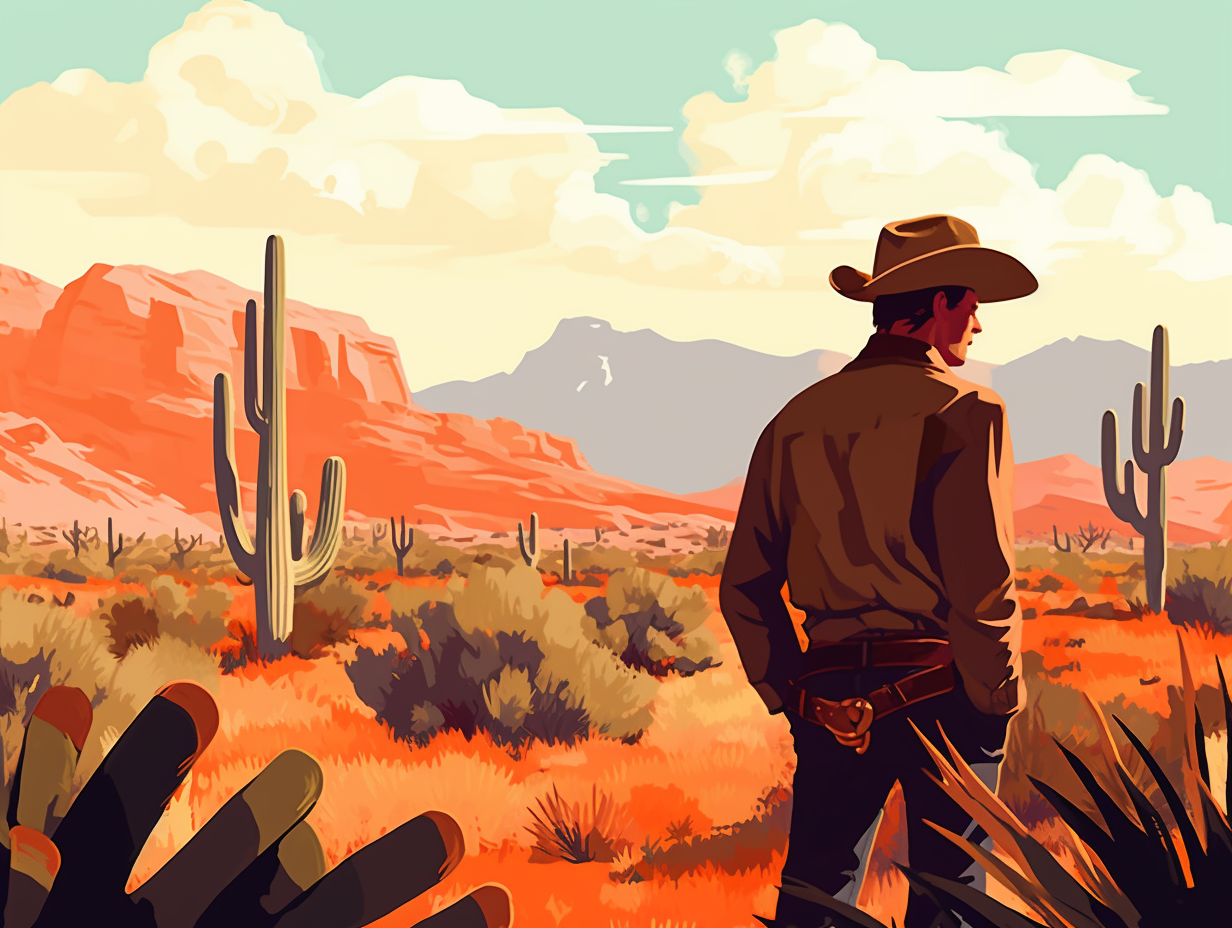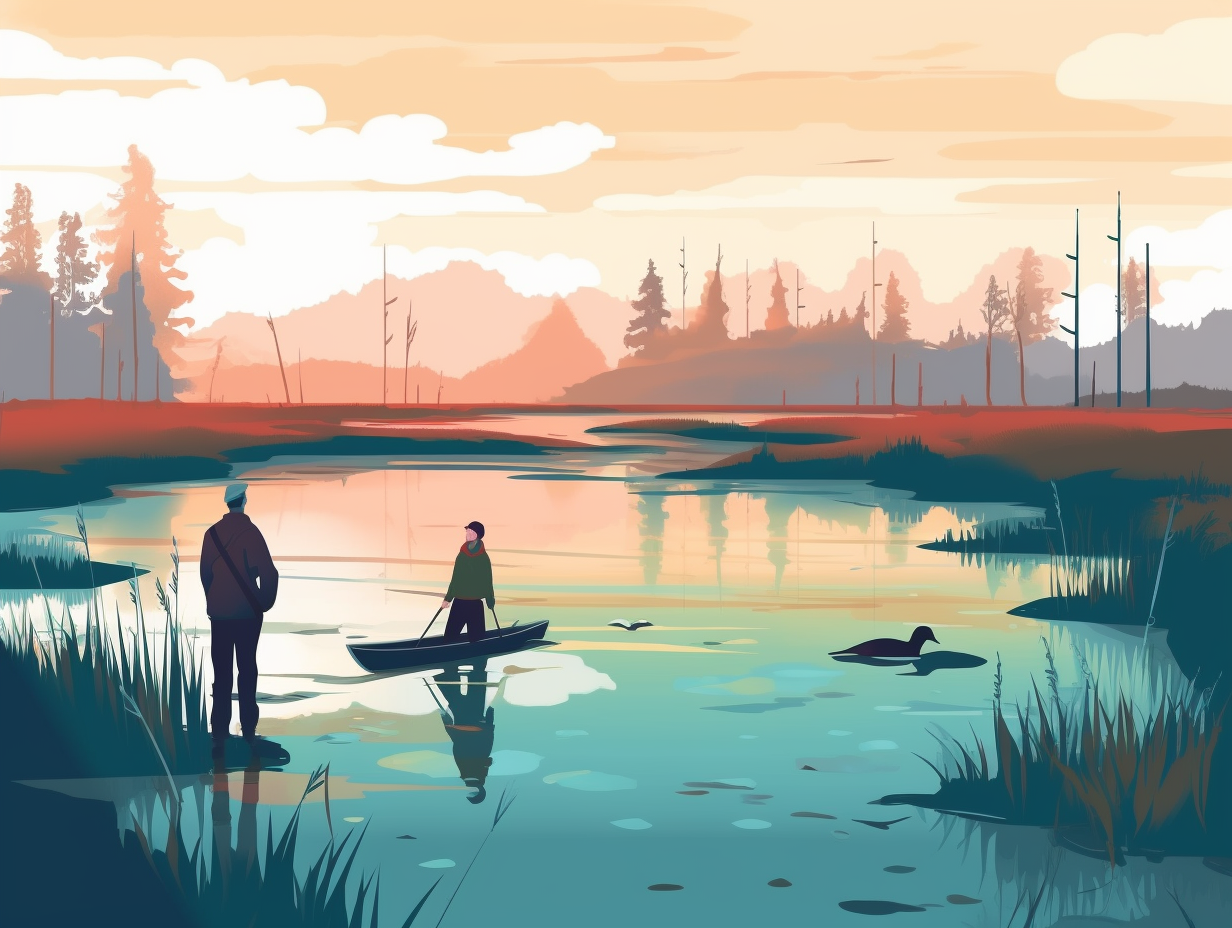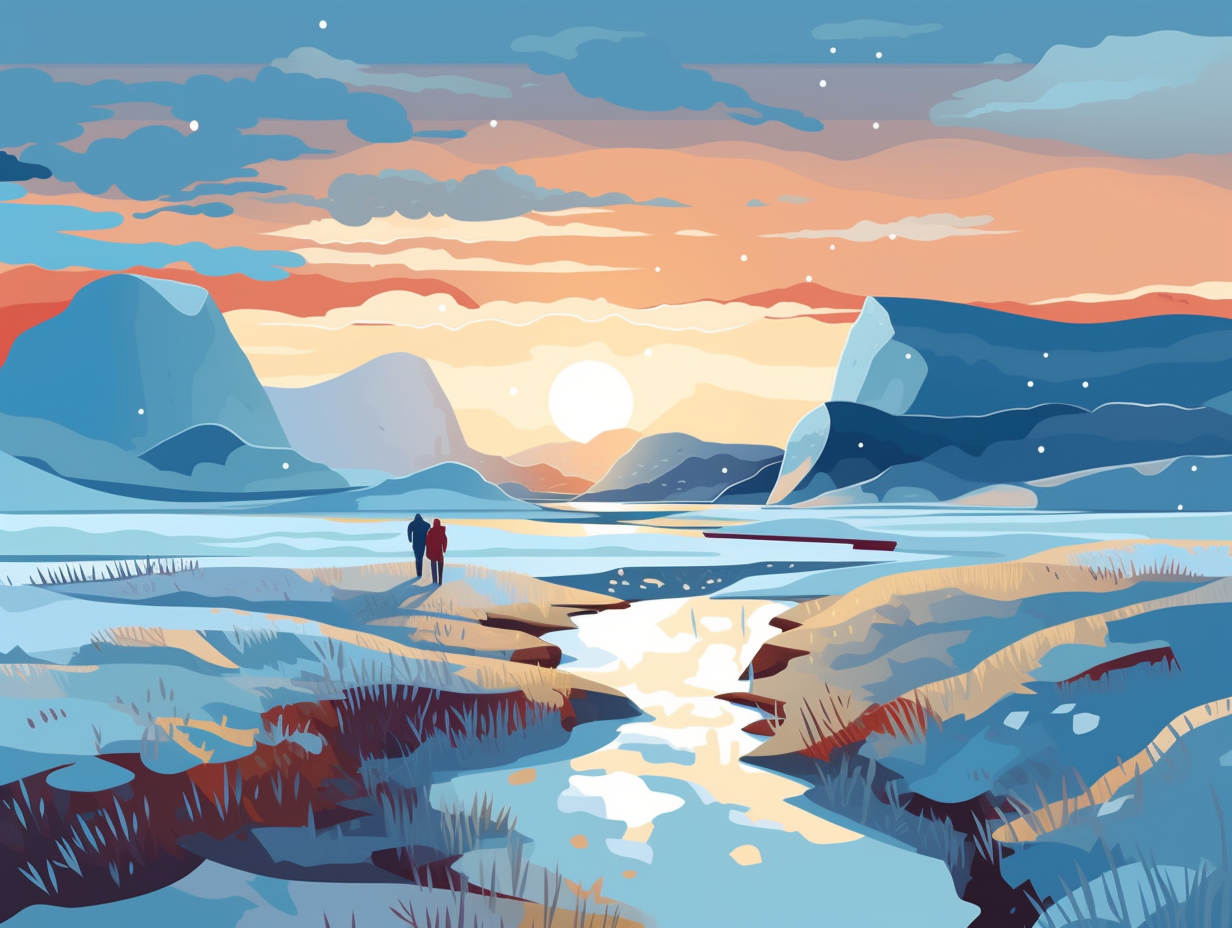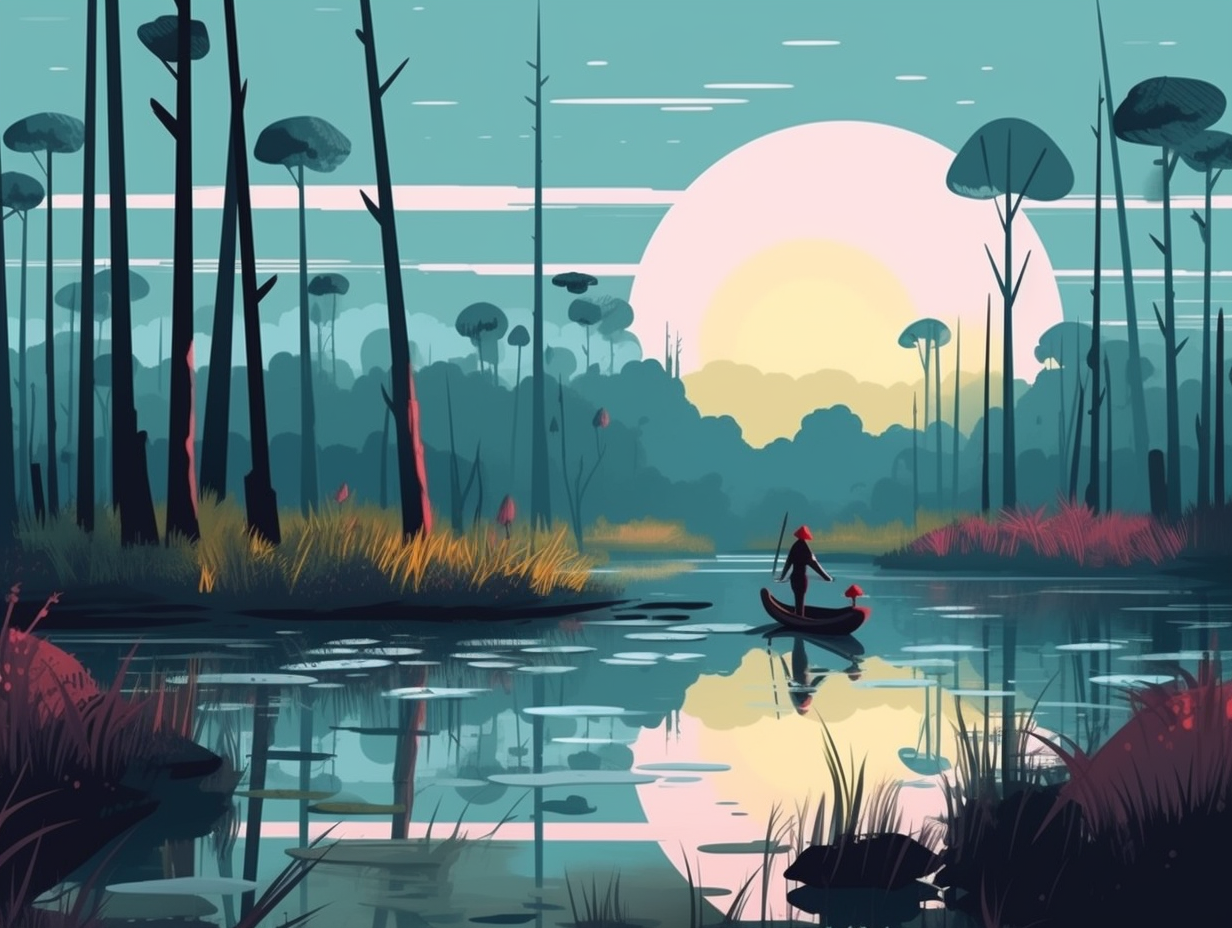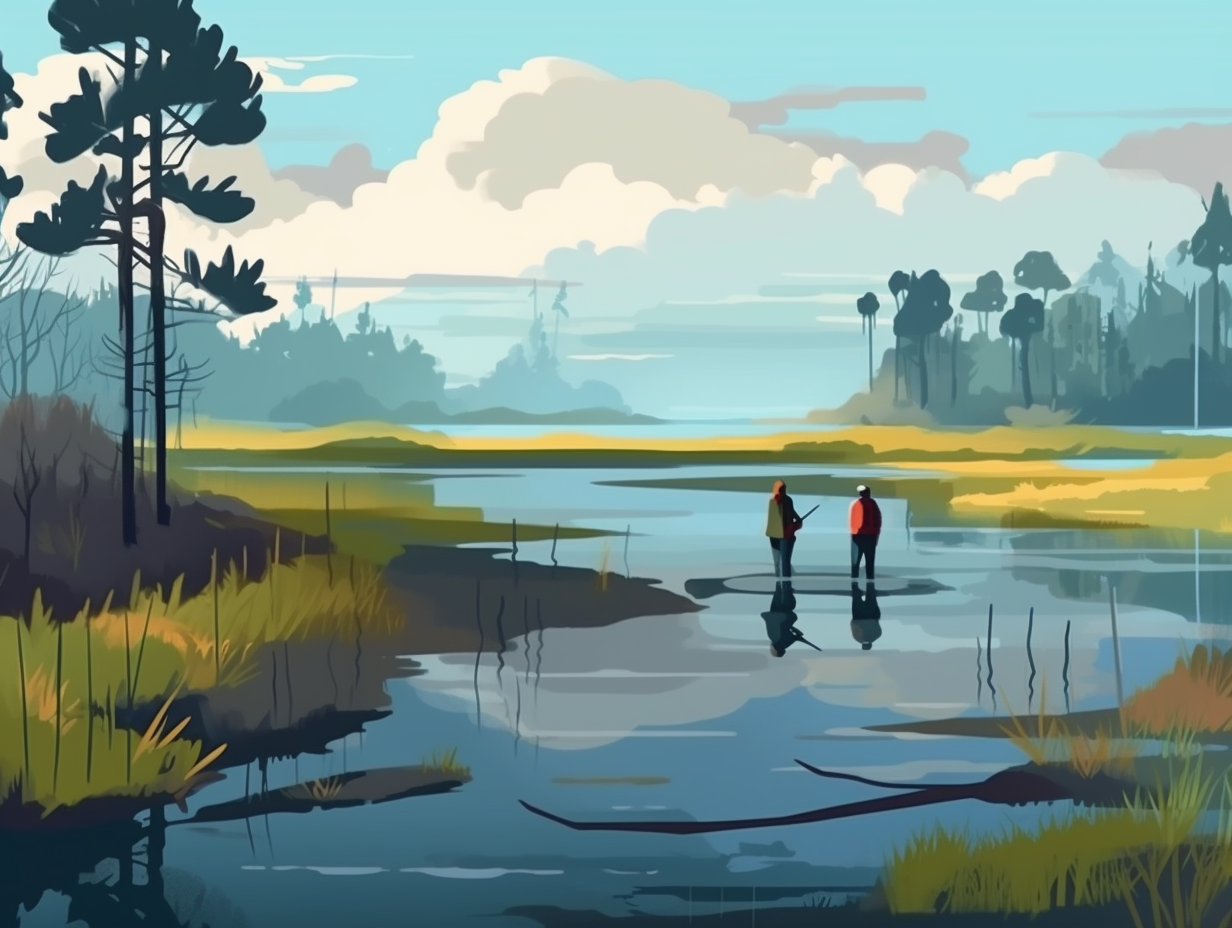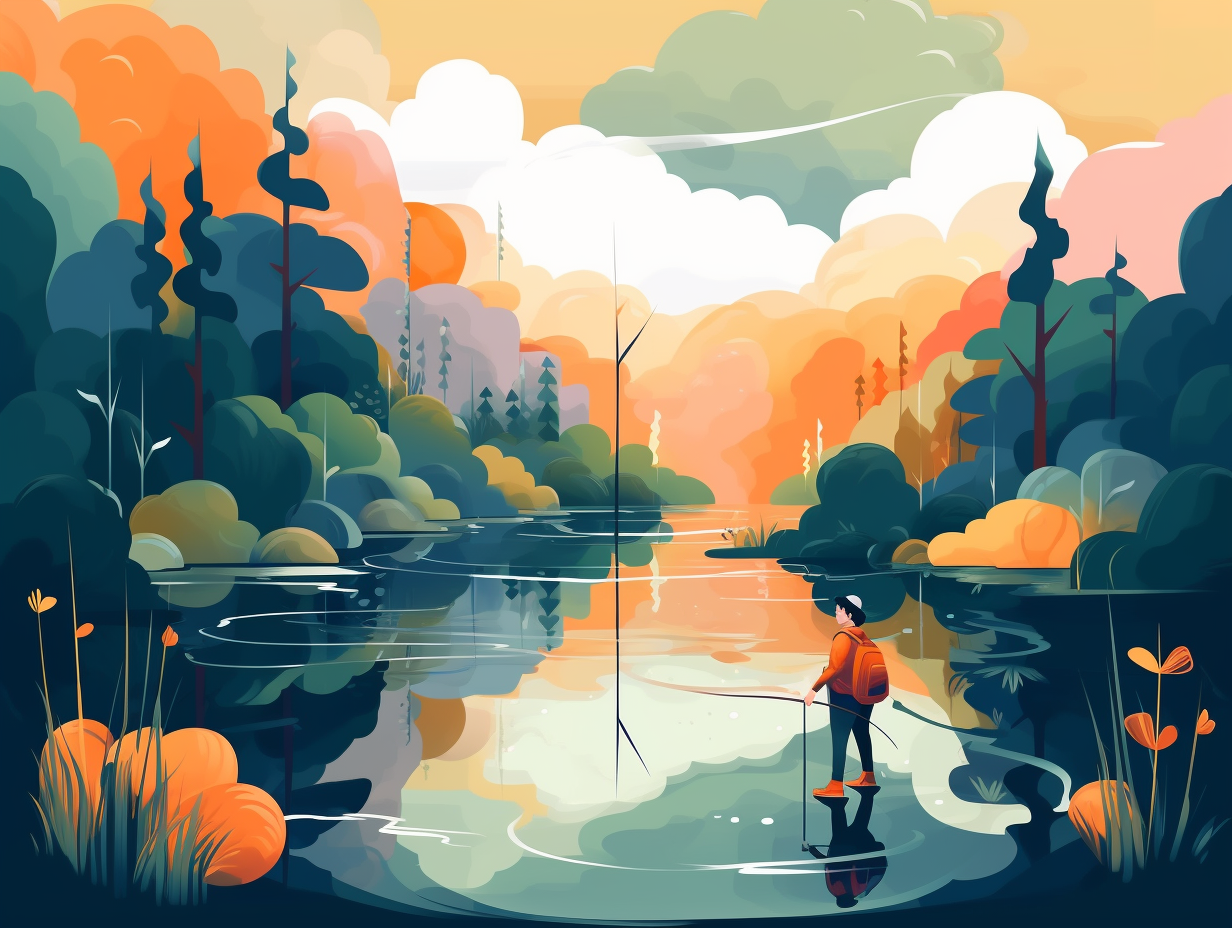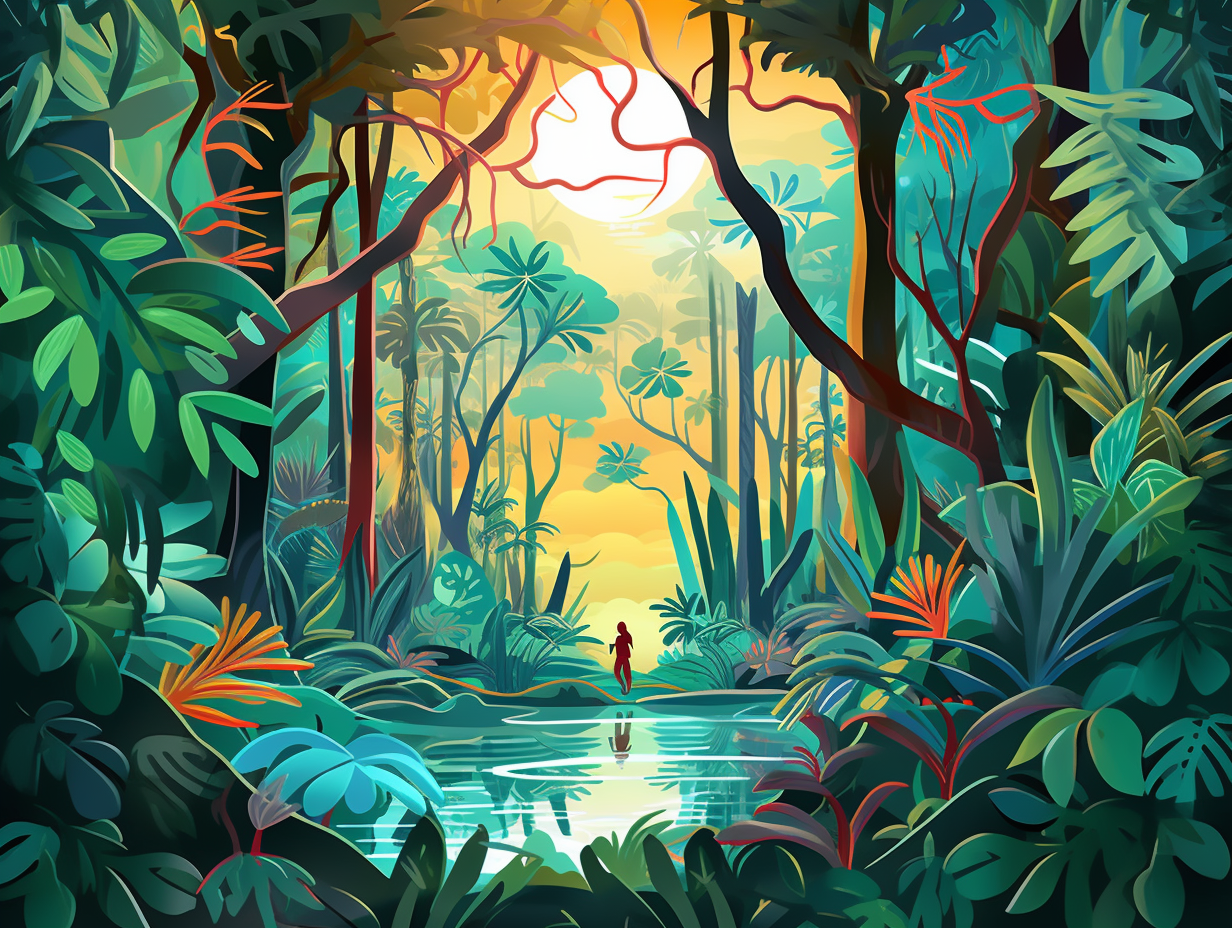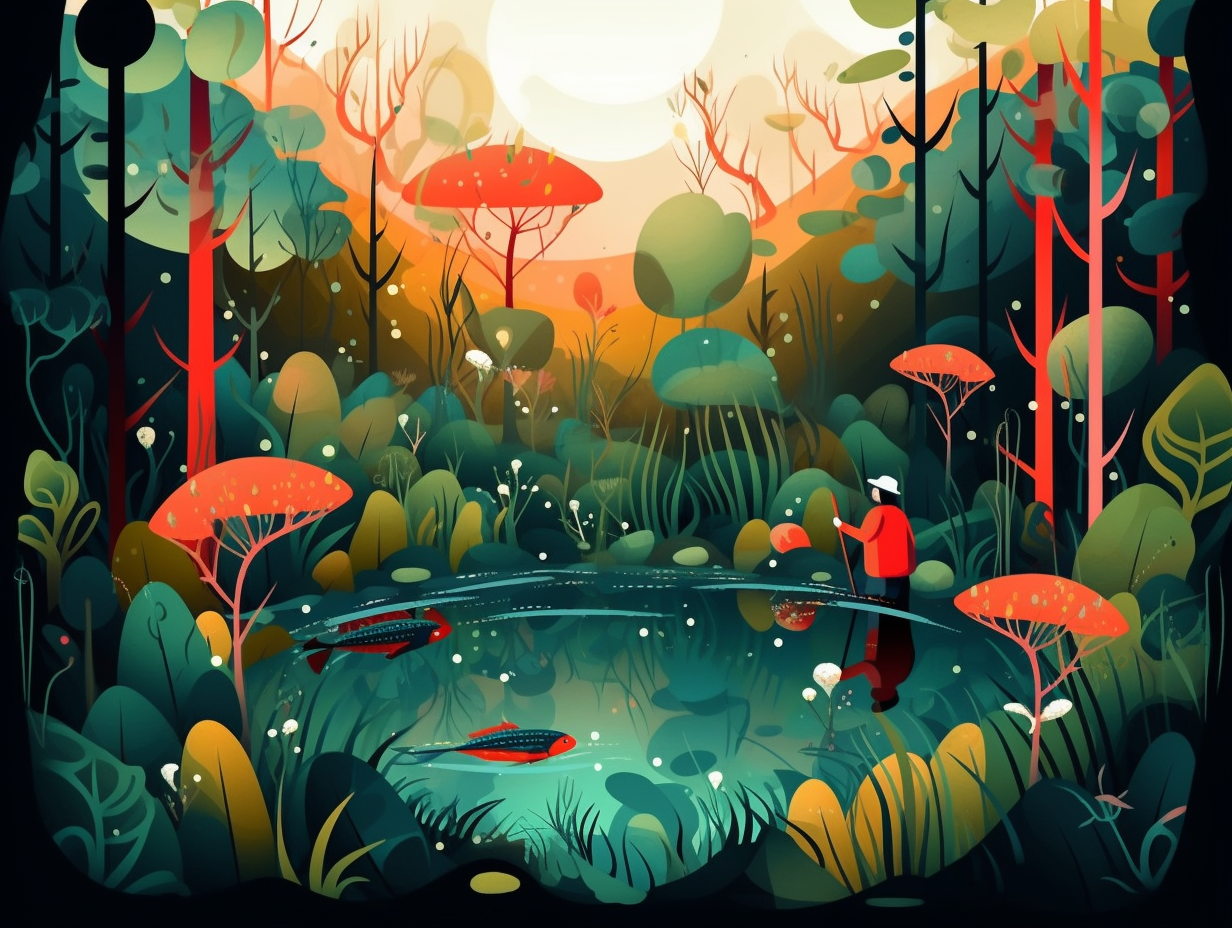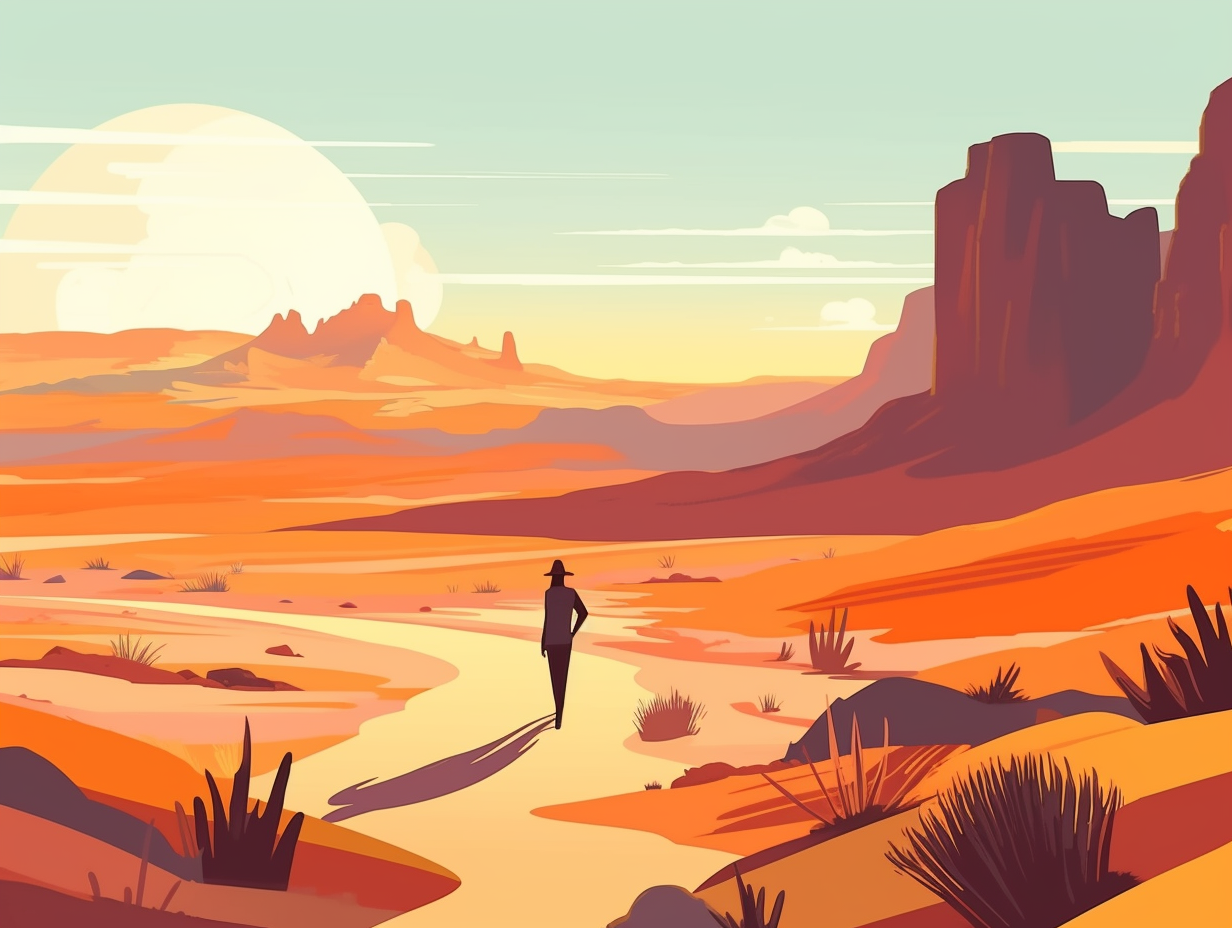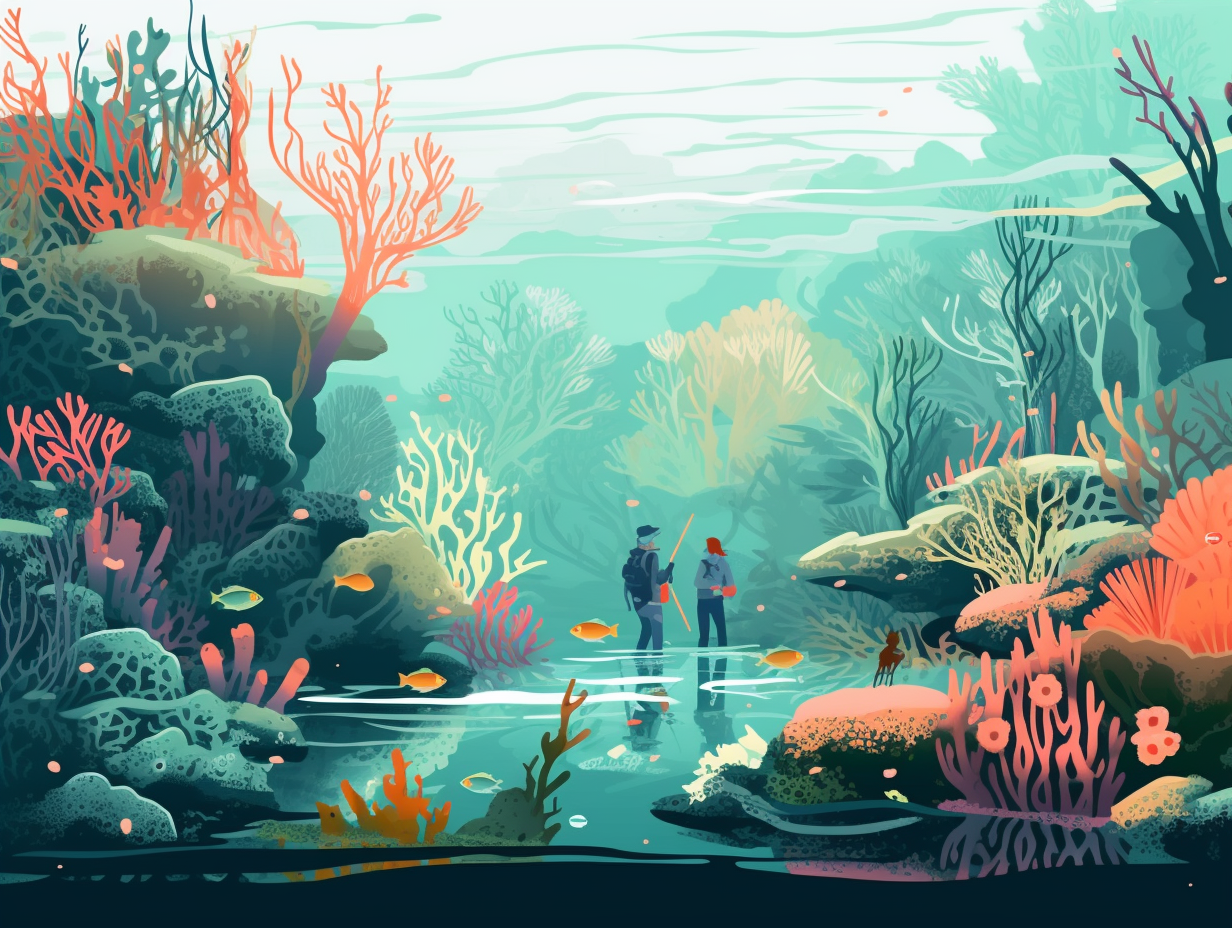Discover the Wild Side: Top 20 Astonishing Fun Facts about Grasslands You Didn't Know!
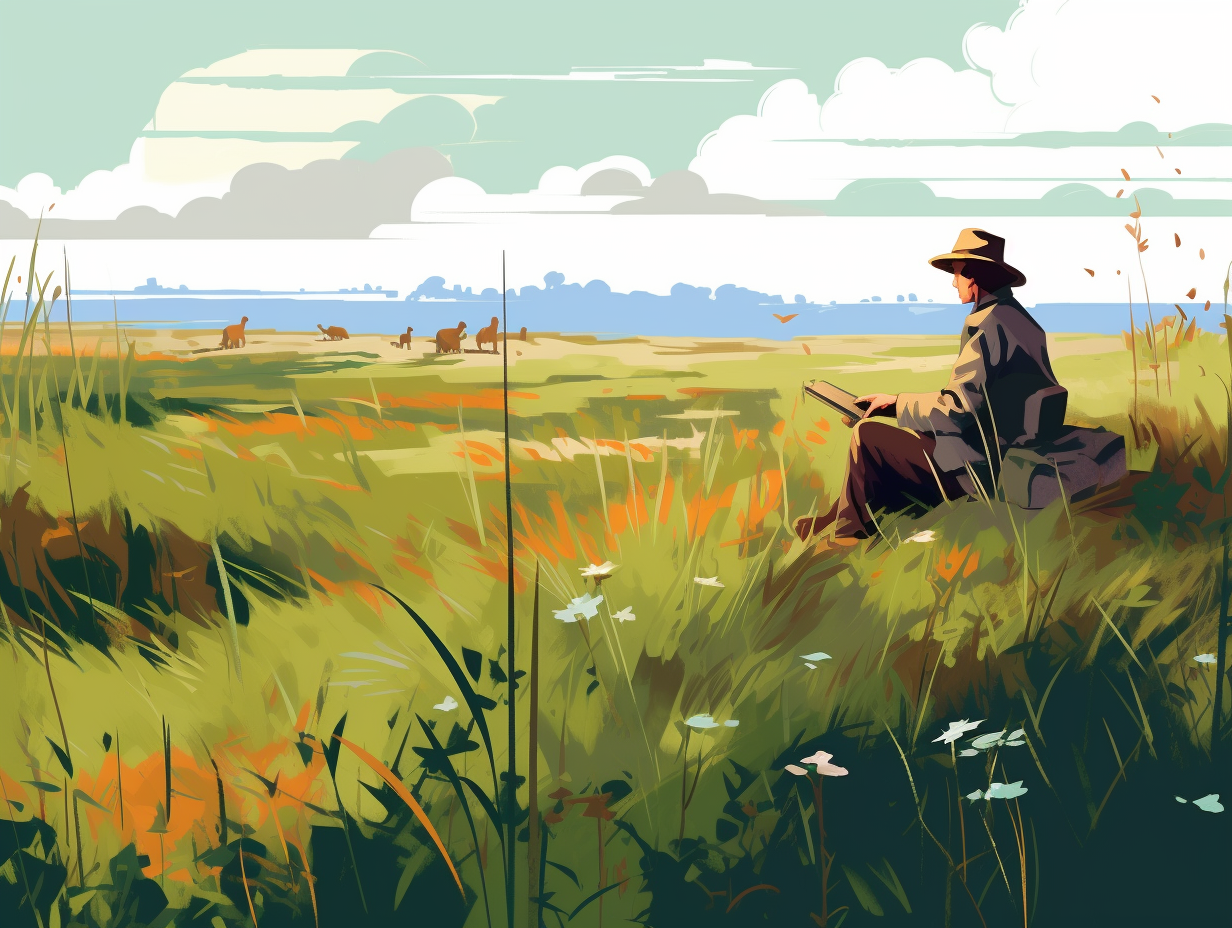
1. Bison: Grassland Superheroes
Before you call them "Buffalo Groundskeepers", consider this: Bison aren't just avid lawnmowers on the Great Plains, they're superheroes for grassland birds and plants in disguise: As they munch away on the grass and trot around, their hooves aerate the soil and scatter native seeds, making our prairie grasslands flourish and keeping the ecosystem as balanced as a tightrope walker at a circus.
Source => defenders.org
2. Fiery Hot Grass Parties
Guess who loves throwing fiery hot grass parties with a guest list including lightning, native tribes, and bison? That's right, grasslands: These vast stretches of greenery depend on recurring wildfires to keep invading plants at bay and support grass regrowth, maintaining the balance of life within their borders.
Source => nps.gov

Did you know that prairies can be even more effective than some forests in storing carbon and fighting climate change? Uncover their secret powers and why they need our protection. 🌾🌍
=> Fun Facts about Prairies
3. Rhinanthus: Friendly Party Crasher
Ever heard of nature's little party crasher? Meet Rhinanthus, the friendly grassland parasite that's great at keeping dominant plants in check and helping the underdogs flourish: When introduced at the sweet spot of 31% relative biomass, Rhinanthus can boost plant diversity by 12% - but beware, too much of this party pooper could leave the grass a bit greener on the other side.
Source => sciencedirect.com
4. Grassland Whispers and Trees Denied
If a tree can fall in a forest without making a sound, imagine the uproarious whispers of a bustling grassy soiree where trees are denied entry: Grasslands, while seemingly just seas of green, are teeming with a complex array of brilliantly diverse flora and fauna. These hallowed grounds for non-arboreal creatures are under siege from urbanization, agriculture, and hunting, but fear not - national parks and conservation crusaders are on a mission to protect and restore these verdant hubs of life, keeping them safe for all the party animals and plants that call them home.
Source => sciencing.com
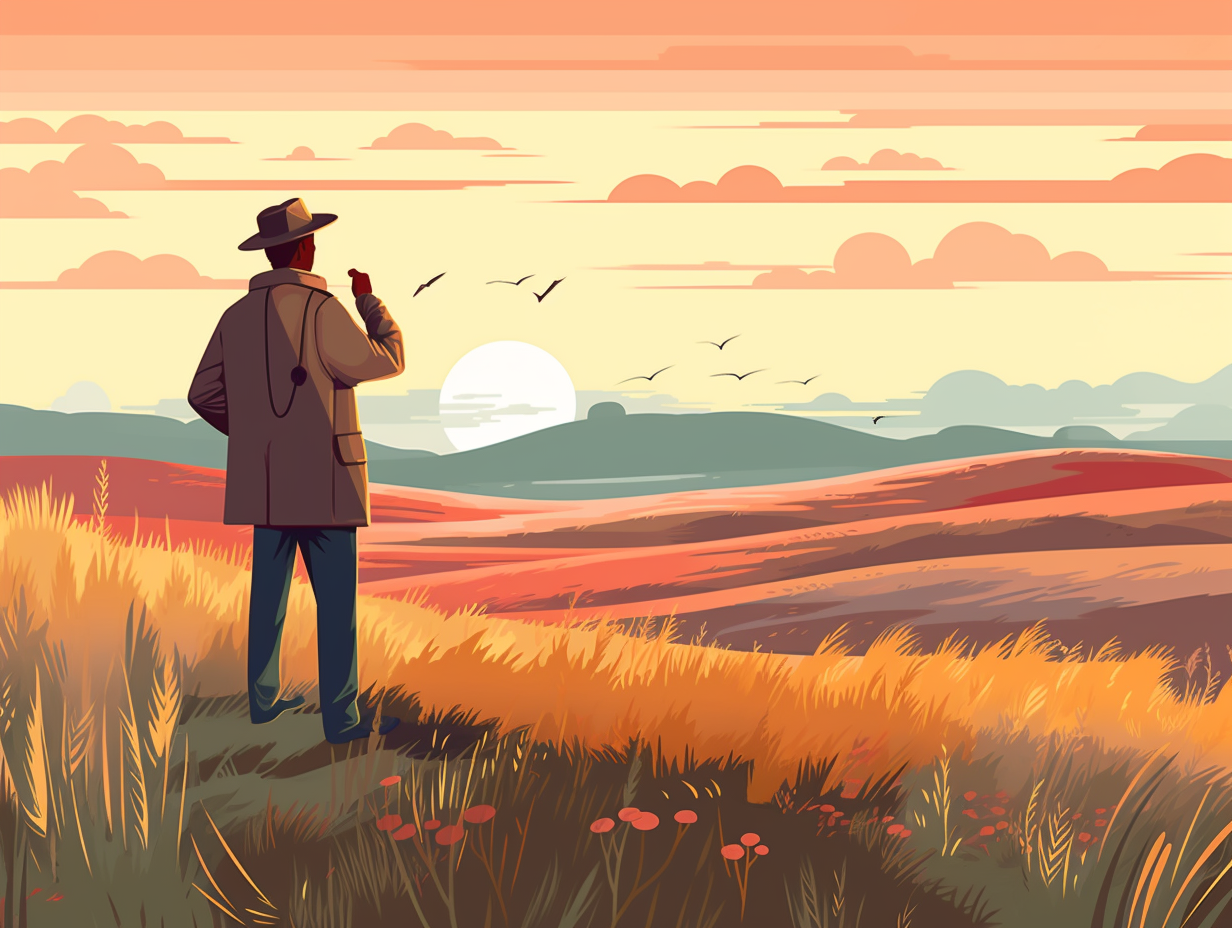
5. Herbivore All-You-Can-Eat Buffet
Feast your eyes on nature's all-you-can-eat buffet for herbivores: grasslands! Yet, the diners at this buffet don't quibble over who eats the last piece of lettuce. Thanks to a fancy-sounding process called "dietary niche partitioning," as found in a study by Princeton University, multiple herbivore species can graze together, munching on 110 different plant species from 25 families, without stepping on each other's toes (or hooves, to be precise).
Source => princeton.edu
6. Missing Herbivores, Unwanted Guests
When grasslands throw a "going-away party" for their beloved large herbivores, they also inadvertently roll out the red carpet for their uninvited house guests – broad-leaved eudicots, shrubs, and trees: In a surprising twist, the lack of large herbivore populations in grasslands can lead to these unwanted party crashers replacing the grasses, highlighting the importance of keeping our herbivore friends on the closely managed guest list for healthy grassland ecosystems.
Source => studysmarter.us
7. Fashion-Forward Savannas
Who knew that savannas were fashion-forward trendsetters, always sporting that alluring, "thin is in" look? Well, their soil certainly plays a role: the porous nature and rapid drainage of water creates a thin layer of humus, providing nutrients for vegetation but also making these ecosystems extremely vulnerable to erosion and desertification if mistreated by overgrazing or cultivation.
Source => ucmp.berkeley.edu
8. Quirky Grassland Residents
Whoever said grasslands were the "manicured lawns" of nature obviously hasn't met some of its quirky residents: From African savannas hosting a VIP list of 25 large plant-eaters, including party animals like zebras, wildebeest, gazelles, and giraffes, to North American prairies where prairie dogs, badgers, coyotes, and swift foxes prefer their grassland shindigs, not to mention rain-fed wildflowers like yarrow, hyssop, and milkweed gatecrashing the party during rainy seasons.
Source => nationalgeographic.org
9. Drought-Resistant Punchlines
Grasslands have a dry sense of humor, testing the resilience of their green residents with a constant threat of drought-induced punchlines: Native prairie plants have adapted to thrive in these low and variable precipitation conditions, relying on stored energy during dormancy and tiller/bud production for reproduction, making them the ultimate survivors in nature's stand-up comedy circuit.
Source => drought.unl.edu
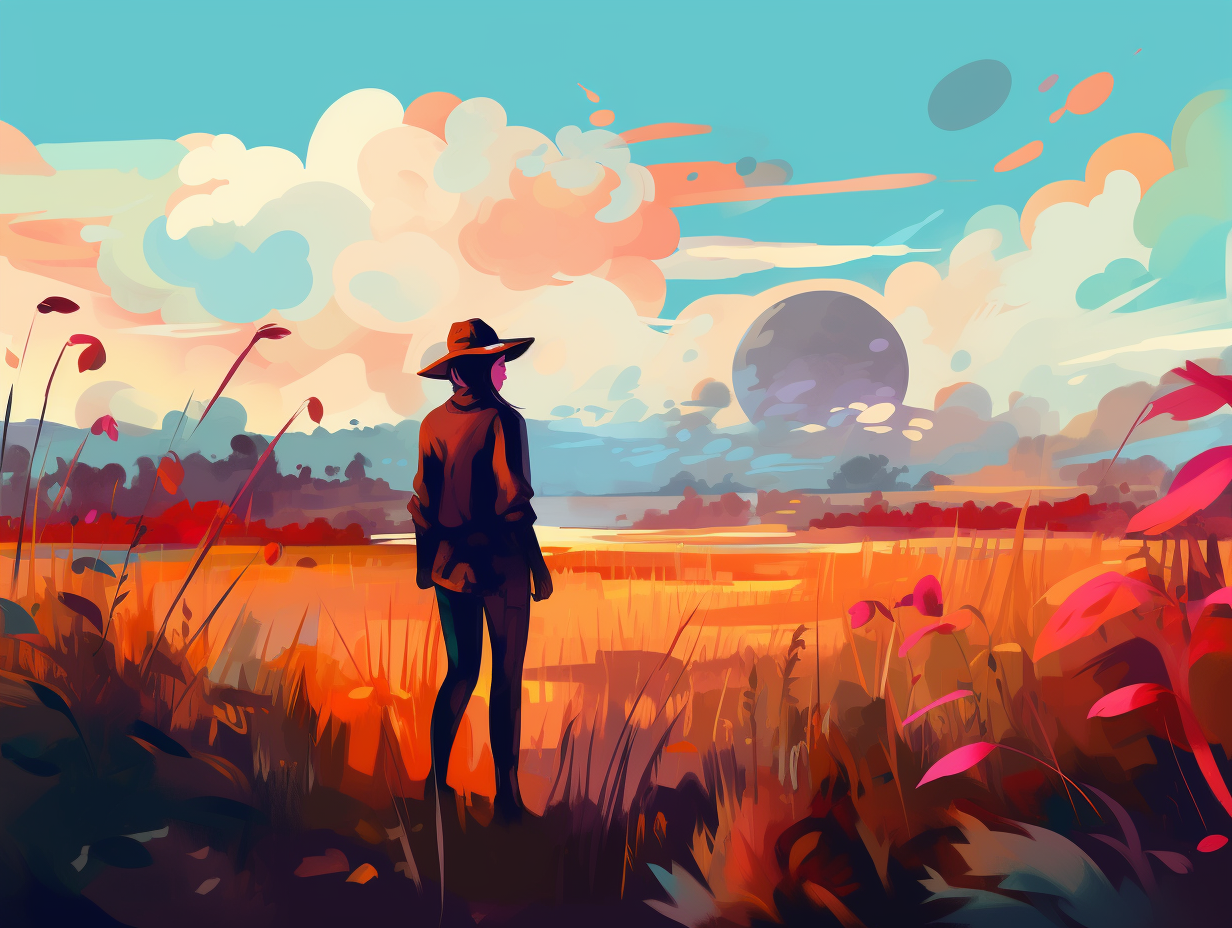
10. Soil Superheroes
Grasslands may not have that forest chic or the animated charm of a meerkat manor, but they're the ultimate soil superheroes, cleaning up our planet's erosion mess one root at a time: Research shows that vegetation covers of 60% or more in grasslands and forests can effectively reduce soil erosion and maintain water balance, especially when considering factors like slope gradient, rainfall intensity, and local physiographic conditions. From understory grasses clad forests to deep-rooted grassland plants, these green guardians prove that afforestation policies are always better "dressed" with some grassy panache.
Source => sciencedirect.com
11. Grasslands: Captain Planet's Sidekick
Step aside, Captain Planet: Grasslands have got you covered – at least one-fourth of the way! These ecological superheroes can be found on every continent except the one cold shoulder you'd expect, Antarctica: Grasslands reign supreme on 25% of the Earth's land, primarily between latitudes of 5° and 60° north and south of the Equator, making appearances in North and South America, Africa, Australia, and Eurasia.
Source => hbkportal.co.uk
12. Ancient Earth's Fiery Grasslands
It seems the Grass is always Greener when you're living in ancient Earth's fiery times: A recent study discovered that in the good old days, seasonal wildfires created grasslands by transforming forested areas into open landscapes, packed with C4 grasses built to thrive in dry tropical conditions, but alas, ancient grasslands turned out not to be the founding fathers of fossil fuels like coal and oil.
Source => phys.org
13. Canada's Darkest Dark Sky Preserve
If you're tired of staring at your favorite galaxy far, far away through a telescope in your backyard, don't miss out on this cosmic opportunity: Grasslands National Park is Canada's darkest Dark Sky Preserve, offering top-notch stargazing spots like Two Trees Trail, Frenchman Valley Campground, and Rock Creek Campground – just watch out for bison, rattlesnakes, and tricky terrain as you navigate through the universe below your feet!
Source => parks.canada.ca
14. Networking Hotspot in Nature
Step aside, watering holes and awkward office chats: grasslands are the true networking hotspot in nature where one billion bustling occupants thrive in cahoots with their neighboring species. The verdant twist: covering over a quarter of Earth's land, these green social clubs not only tickle our planet's fancy, but provide critical services like water catchments, biodiversity reserves, and a potential carbon sink to reduce greenhouse gas emissions, all while feeding and nurturing our hardworking livestock population.
Source => sciencedirect.com
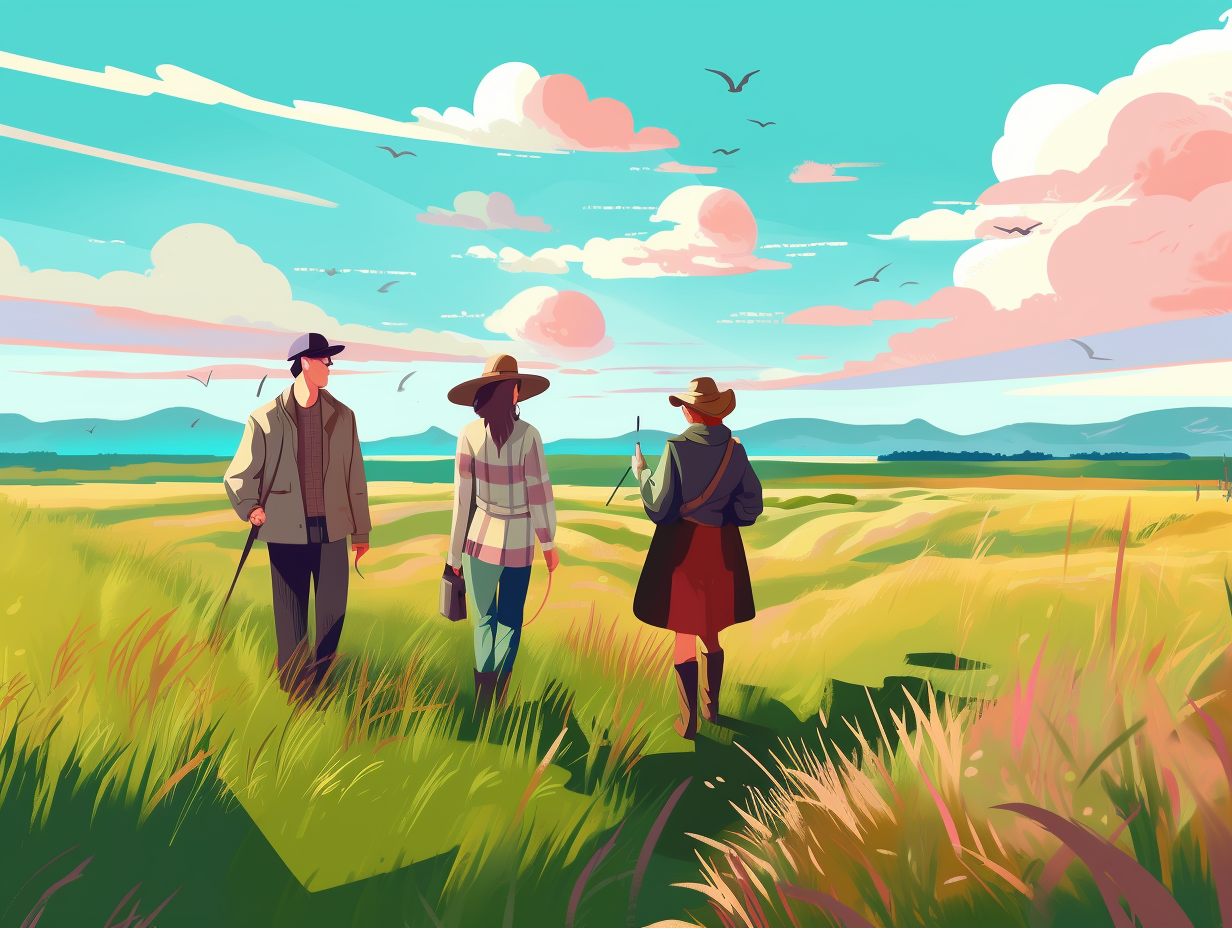
15. Buffalo Hide-and-Seek Champion
Buffalo hide-and-seek champion extraordinaire: The African buffalo is a dangerous beast that masters the art of grassland camouflage, but is also the only African Big Five game animal that's not endangered or threatened, whilst their mates like the lion and leopard face vulnerability and require urgent conservation efforts.
Source => en.wikipedia.org
16. Deep-rooted Conspiracy
Talk about a deep-rooted conspiracy: grasses in the grassland don't just secretly boast deep roots, but they also harbor cloak-and-dagger adventitious roots! These undercover agents emerge from the nodes of the crown and lateral stems, absorbing water and essential nutrients from the soil throughout the life of the shoot. Turns out, warm-season grasses go even deeper undercover than cool-season ones due to their tolerance to heat and drought. Who'd have thunk it?!
Source => forages.oregonstate.edu
17. Party Like a Prairie Dog
Party like a prairie dog: Turns out, these furry little critters are actually keystone species in grasslands, responsible for creating unique habitats featuring shortgrass prairie, burrow mounds, and a wildflower fiesta, inviting a diverse array of birds to shake their tail feathers and breed in these lively patches. But wait, the prairie dog drama doesn't end there – research still needs to uncover whether their towns are bustling birdie havens or nesting nightmares with predators lurking around every corner. Stay tuned for the next episode of Grasslands Got Talons!
Source => nationalzoo.si.edu
18. Cool Grass Dance Moves
Feeling hot, hot, hot? Thank these savvy grasses for keeping it cool with their eco-friendly dance moves: Warm-season grasses in grasslands use the C4 photosynthetic system to gather carbon dioxide more efficiently and use up to 50% less water to produce the same amount of dry matter as cool-season grasses, even thriving in nitrogen utilization during hot months thanks to increased soil microbial activity.
Source => forages.oregonstate.edu
19. Chinese Grasslands' Desert Comeback
In the great game of "I swear they're not just deserts," Chinese grasslands have left their opponents green with envy: Desert grasslands in Xinjiang, China, have experienced the most significant increase in net primary productivity (NPP) from 2000 to 2014, largely due to human efforts such as grazing prohibition policies.
Source => ncbi.nlm.nih.gov
20. Colorado's High-Altitude Grasslands
Who says grass doesn't deserve a little Colorado high? The landlocked state boasts not one, not two, but three diverse grassland groups all showing off their altitude attitude: Colorado's grasslands are classified into Western Great Plains Foothill and Piedmont Grassland, Southern Rocky Mountain Montane-Subalpine Grassland, and Inter-Mountain Basins Semi-Desert Grassland, covering three million acres at elevations ranging from 4,750 to 10,000 feet and hosting a colorful mix of species like big and little bluestem, fescue, muhly, oatgrass, and various drought-resistant perennial bunch grasses.
Source => cnhp.colostate.edu
Related Fun Facts


